Fish oils
Toutes nos huiles de poisson sont certifiées Marine trust. Cela nous permet de proposer des huiles durables et en accord avec nos engagements. La liste de nos huiles de poisson n’est pas exhaustive. N’hésitez pas à nous contacter pour en savoir plus.
- Anchovy
- Herring
- Coley
- Mackerel
- Blend
- Sardine
- Salmon
- Sprat
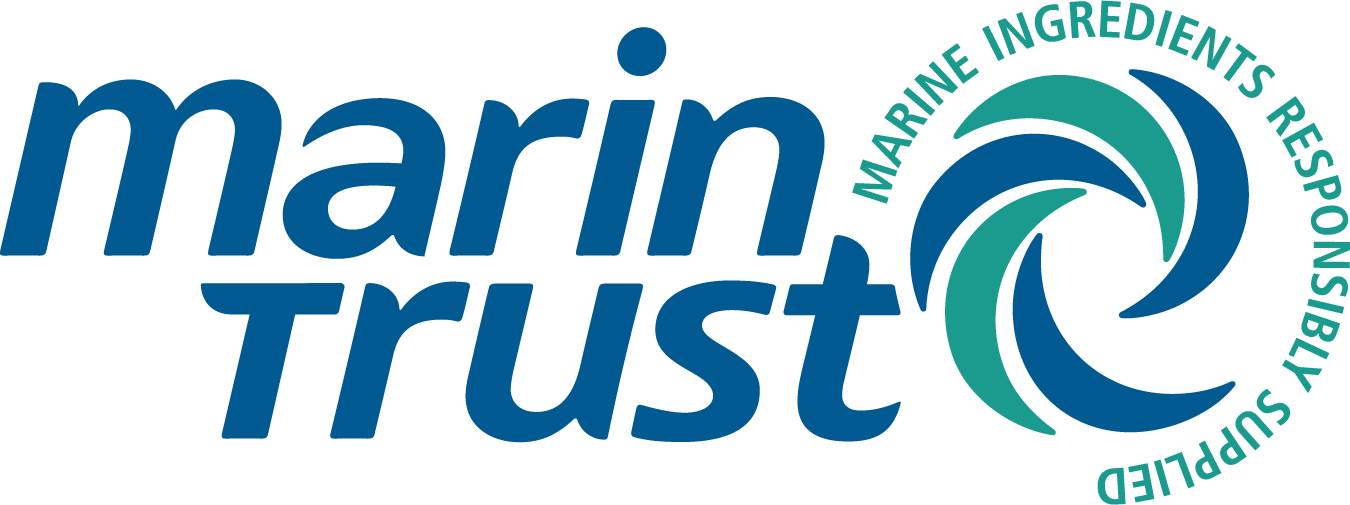
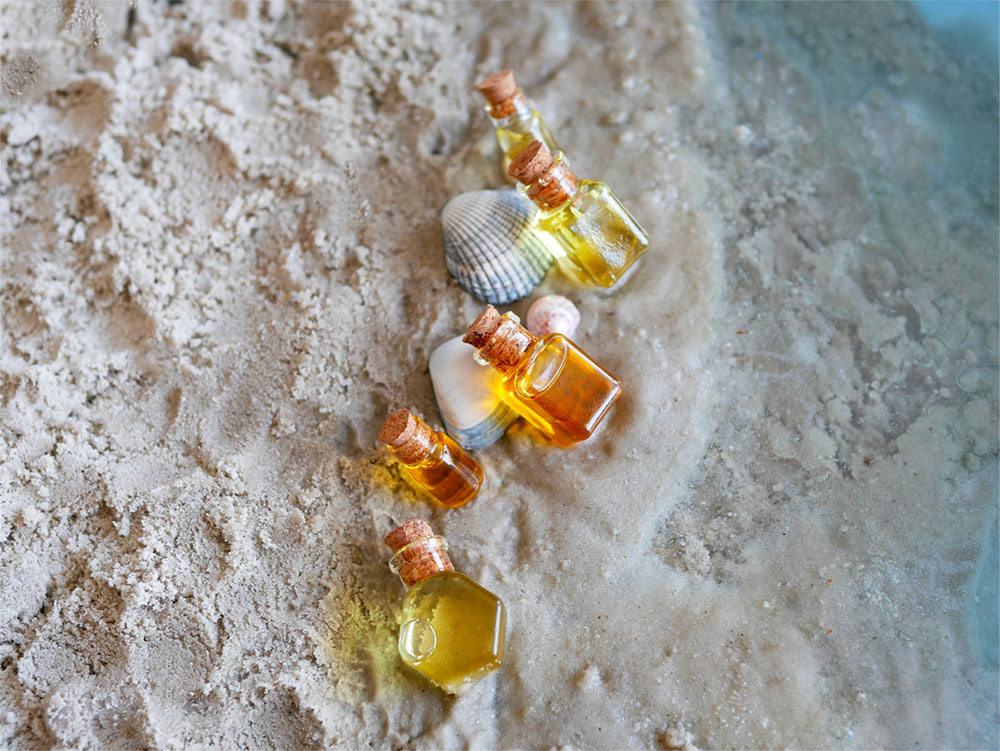

EPA/DHA content & source of omega 3

Sustainable procurement
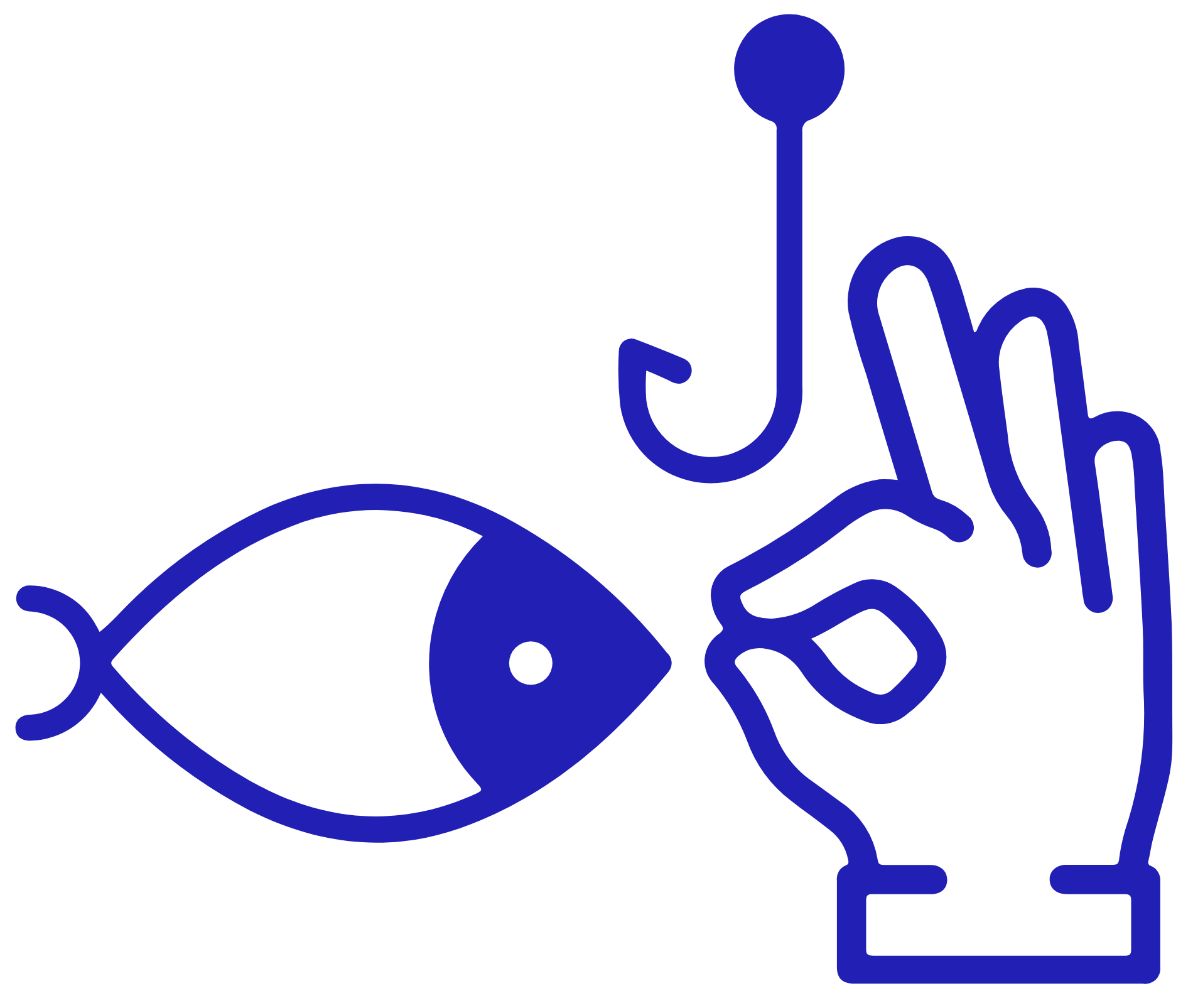
From sustainable fishing (compliance with European specifications)
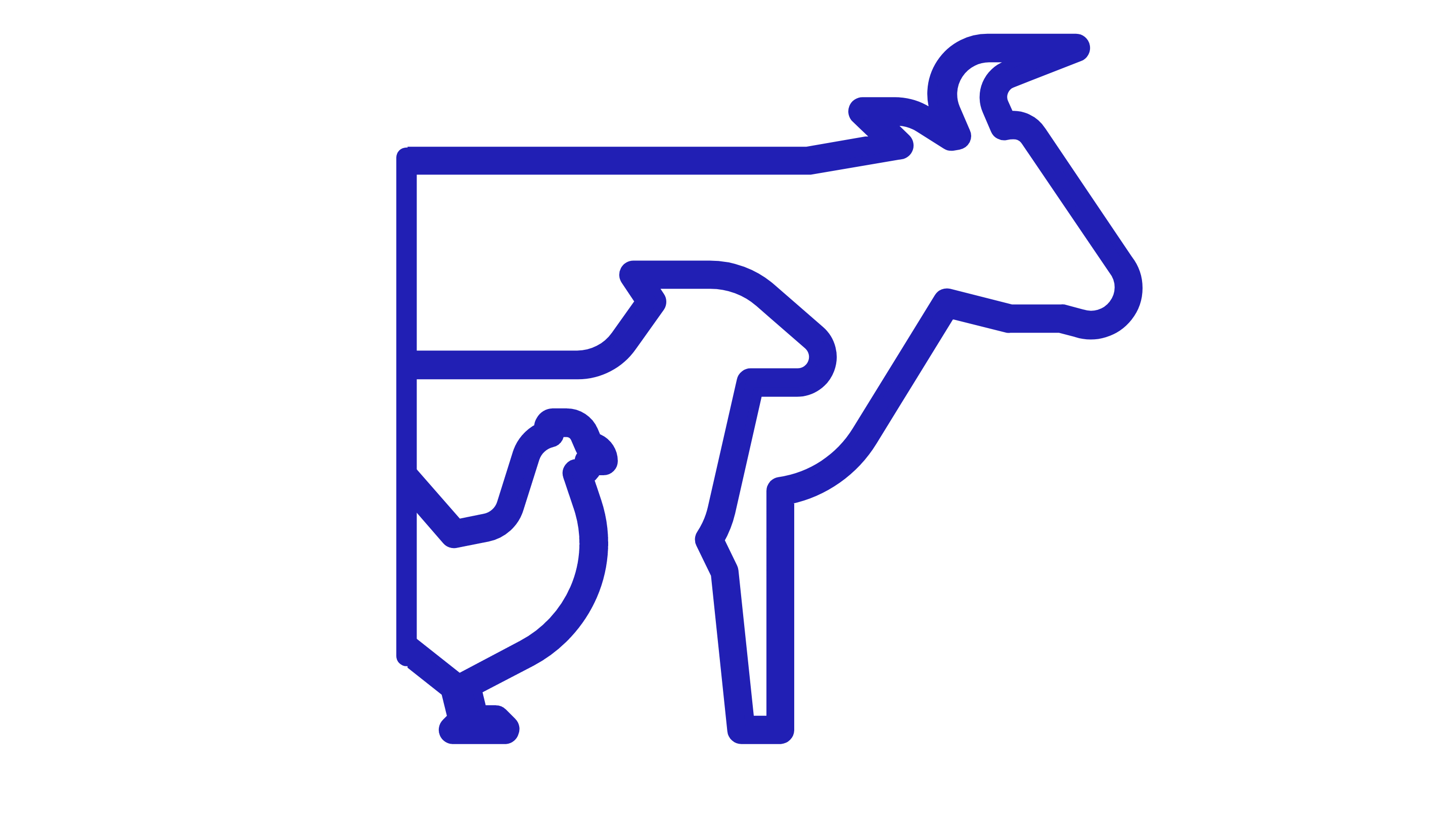
Animal feed

Petfood
Aquaculture
Fish oils are usually co-products of fishmeal preparation. The fat content depends on the species, season, feed and age of the fish.
For information, the anchovy is a fish with a very short life expectancy (about 4 years). Anchovy is an oily fish, its oil is widely consumed because of its omega 3, EPA DHA content.
Fishing zone
Our anchovy oil comes mainly from South America.
Amérique du Sud
Amérique du Sud
The production of fish oil is highly restricted (fishing guarantee, sustainability accreditation, compliance with quotas, etc.) The aim is to ensure that the fish have been caught in sustainable conditions that are respectful of both humans and animals. Today, most of the fish oil we refine is used in animal feed. However, the oils can also undergo an oxidation process in a separate, dedicated workshop, in a process quite different from that of refining. These oils are then used for technical applications such as liquor production.
Belonging to the Engraulidae family, the anchovy is a fish whose abundance varies and fluctuates greatly.
Anchovy oil is a source of eicosapentaenoic acid (EPA) and docosahexaenoic acid (DHA). These are eicosanoids with many benefits for human and animal health.
Anchovy oil is used worldwide in cooking to add a distinctive, pungent flavour to dishes.
Herring



EPA/DHA content & source of omega 3

Sustainable procurement

From sustainable fishing (compliance with European specifications)

Animal feed

Petfood
Aquaculture
Fish oils are usually co-products of fishmeal preparation. The fat content depends on the species, season and age of the fish.
For your information, Atlantic herring is one of the most widely consumed edible fish in the world. Its oil is widely consumed because of its omega 3 and EPA DHA content.
Fishing zone
Our anchovy oil comes mainly from the Baltics.
Baltique
9GC2V9GC+RC
The production of fish oil is highly restricted (fishing guarantee, sustainability accreditation, compliance with quotas, etc.) The aim is to ensure that the fish have been caught in sustainable conditions that are respectful of both humans and animals. Today, most of the fish oil we refine is used in animal feed. However, the oils can also undergo an oxidation process in a separate, dedicated workshop, in a process quite different from that of refining. These oils are then used for technical applications such as liquor production.
Belonging to the family Clupeidae, herring is a pelagic and gregarious fish which makes long migrations between breeding, feeding and wintering grounds. Its flesh is eaten fresh or smoked. The oil is a source of eicosapentaenoic acid (EPA) and docosahexaenoic acid (DHA). These are eicosanoids with many benefits for human and animal health.

Coley



EPA/DHA content & source of omega 3

Sustainable procurement

From sustainable fishing (compliance with European specifications)

Animal feed

Petfood
Aquaculture

Leather

Technical
Fish oils are usually co-products of fishmeal preparation. The fat content depends on the species, season, feed and age of the fish.
For information, the coley is also called pollock and can live up to 25 years! Its oil is widely consumed because of its omega 3 and EPA DHA content.
Fishing zone
Our coley oil comes mainly from Norway.
Norvège
Norvège
The production of fish oil is highly restricted (fishing guarantee, sustainability accreditation, compliance with quotas, etc.) The aim is to ensure that the fish have been caught in sustainable conditions that are respectful of both humans and animals. Today, most of the fish oil we refine is used in animal feed. However, the oils can also undergo an oxidation process in a separate, dedicated workshop, in a process quite different from that of refining. These oils are then used for technical applications such as liquor production.
Belonging to the Gadidae family, pollock is a predatory fish that feeds on other small fish such as sprat. It can grow up to 1.30m and live up to 25 years.
The oil is a source of eicosapentaenoic acid (EPA) and docosahexaenoic acid (DHA). These are eicosanoids with many properties that are beneficial to human and animal health.

Mackerel



EPA/DHA content & source of omega 3

Sustainable procurement

From sustainable fishing (compliance with European specifications)

Animal feed

Petfood
Aquaculture
Fish oils are usually co-products of fishmeal preparation. The fat content depends on the species, season and age of the fish.
For information, mackerel is an excellent swimmer. It predominantly moves around in a school. Its oil is widely consumed because of its omega 3 and EPA DHA content.
Fishing zone
Our mackerel oil comes mainly from Morocco, South America and the Netherlands.
Maroc
Maroc
Amérique du Sud
Amérique du Sud
Pays-bas
Pays-Bas
The production of fish oil is highly restricted (fishing guarantee, sustainability accreditation, compliance with quotas, etc.) The aim is to ensure that the fish have been caught in sustainable conditions that are respectful of both humans and animals. Today, most of the fish oil we refine is used in animal feed. However, the oils can also undergo an oxidation process in a separate, dedicated workshop, in a process quite different from that of refining. These oils are then used for technical applications such as liquor production.
Belonging to the Scombridae family, mackerel is a fish that hibernates on the seabed and then returns to the warmer upper waters in spring to breed.
The oil is a source of eicosapentaenoic acid (EPA) and docosahexaenoic acid (DHA). These are eicosanoids with many properties that are beneficial to human and animal health.

Blend



EPA/DHA content & source of omega 3

Sustainable procurement

From sustainable fishing (compliance with European specifications)

Animal feed

Petfood
Aquaculture

Technical

Leather
Fish oils are usually co-products of fishmeal preparation. The fat content depends on the species, season and age of the fish.
Made from several different fish species, blends have the advantage of being more or less adaptable.
Fishing zone
Our blends can come from Europe, South America, Africa and Asia.
Europe
Europe
Amérique du Sud
Amérique du Sud
Afrique
Afrique
Asie
Asie
The production of fish oil is highly restricted (fishing guarantee, sustainability accreditation, compliance with quotas, etc.) The aim is to ensure that the fish have been caught in sustainable conditions that are respectful of both humans and animals. Today, most of the fish oil we refine is used in animal feed. However, the oils can also undergo an oxidation process in a separate, dedicated workshop, in a process quite different from that of refining. These oils are then used for technical applications such as liquor production.
The blends differ from batch to batch but are mainly made up of small fish such as herring, sardines, anchovies and sprats. Other fish oils from the cutting process may also be present: salmon, sole, halibut etc. This makes it possible to increase or decrease the different EPA/DHA levels and to adjust the various indices.

Sardine



EPA/DHA content & source of omega 3

Sustainable procurement

From sustainable fishing (compliance with European specifications)

Animal feed

Petfood
Aquaculture
Fish oils are usually co-products of fishmeal preparation. The fat content depends on the species, season, feed and age of the fish.
For information, sardines are also called “blue fish” because of their azure blue colour with silver reflections on the scales, but also because they live part of the year in the blue waters near the coast. Its oil is widely consumed because of its omega 3 and EPA DHA content.
Fishing zone
Our sardine oil comes mainly from Africa and the Mediterranean
Afrique
6FH7P5MC+MG
Méditerranée
8F7WP7PH+PW
The production of fish oil is highly restricted (fishing guarantee, sustainability accreditation, compliance with quotas, etc.) The aim is to ensure that the fish have been caught in sustainable conditions that are respectful of both humans and animals. Today, most of the fish oil we refine is used in animal feed. However, the oils can also undergo an oxidation process in a separate, dedicated workshop, in a process quite different from that of refining. These oils are then used for technical applications such as liquor production.
Belonging to the family Clupeidae, the sardine is a coastal species. It is usually consumed and stored in hermetically sealed cans to prevent spoilage. It can also be consumed for its oil in various food and technical applications. Using sardine oil for so many applications has resulted in the humorous characterisation of the oil as "one of the few substances that works as well in the body as it does on a machine or on the paint on a wall."
Sardine oil is a source of eicosapentaenoic acid (EPA) and docosahexaenoic acid (DHA). These are eicosanoids with many benefits for human and animal health.

Salmon


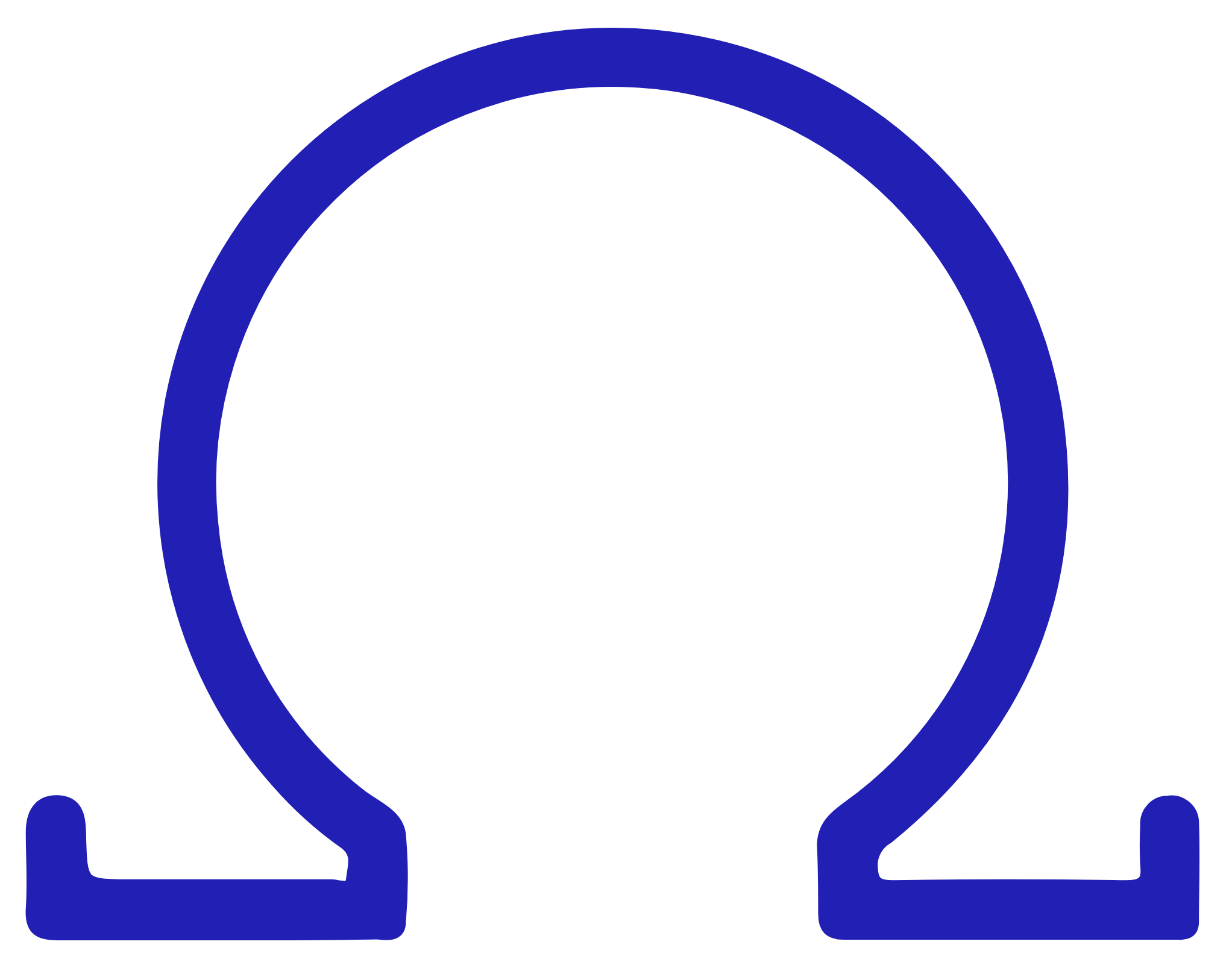
Source of omega 3

Sustainable procurement

From sustainable fishing (compliance with European specifications)

Animal feed

Petfood

Technical

Leather
Fish oils are usually co-products of fishmeal preparation. The fat content depends on the species, season and age of the fish.
For info, the salmon is a migratory fish, it is able to travel up to 100km per day. Its oil is widely consumed because of its Omega 3 content.
Fishing zone
Our salmon oil comes mainly from Norway and Chile.
Norvège
Norvège
Chili
5QF8+M4 Remolino, Chañaral, Chili
The production of fish oil is highly restricted (fishing guarantee, sustainability accreditation, compliance with quotas, etc.) The aim is to ensure that the fish have been caught in sustainable conditions that are respectful of both humans and animals. Today, most of the fish oil we refine is used in animal feed. However, the oils can also undergo an oxidation process in a separate, dedicated workshop, in a process quite different from that of refining. These oils are then used for technical applications such as liquor production.
From the Salmonidae family, salmon is born in freshwater and then moves to the sea. It only returns to freshwater to breed. It is eaten for its flesh but also for its oil. The oil is a source of omega-3 fatty acids, eicosapentaenoic acid (EPA) and docosahexaenoic acid (DHA). These are eicosanoids with many benefits for human and animal health.

Sprat



EPA/DHA content & source of omega 3

Sustainable procurement

From sustainable fishing (compliance with European specifications)

Animal feed

Petfood
Aquaculture
Fish oils are usually co-products of fishmeal preparation. The fat content depends on the species, season and age of the fish.
For info, sprats are a prime resource for predatory fish in the oceans. Its oil is widely consumed because of its omega 3 and EPA DHA content.
Fishing zone
Our sprat oil comes mainly from Estonia and Latvia.
Lettonie
Lettonie
Estonie
Estonie
The production of fish oil is highly restricted (fishing guarantee, sustainability accreditation, compliance with quotas, etc.) The aim is to ensure that the fish have been caught in sustainable conditions that are respectful of both humans and animals. Today, most of the fish oil we refine is used in animal feed. However, the oils can also undergo an oxidation process in a separate, dedicated workshop, in a process quite different from that of refining. These oils are then used for technical applications such as liquor production.
Belonging to the family Clupeidae, the sprat is a small pelagic fish that lives in schools. It is mainly found in coastal waters. Its life expectancy is low but it reproduces quickly and in large numbers. The oil is a source of eicosapentaenoic acid (EPA) and docosahexaenoic acid (DHA). These are eicosanoids with many properties that are beneficial to human and animal health
Want to know more ?
Let's talk together
A particular requirement, a question about oils? Don’t hesitate to ask our specialists.